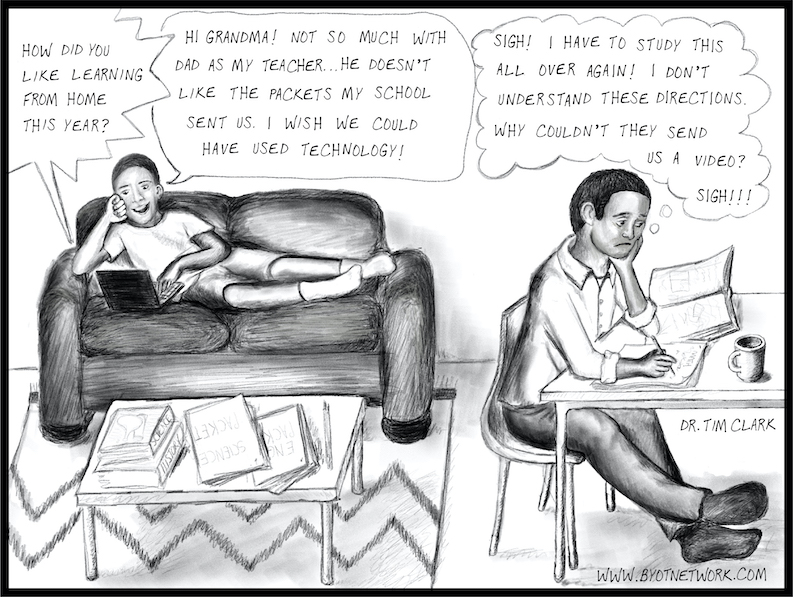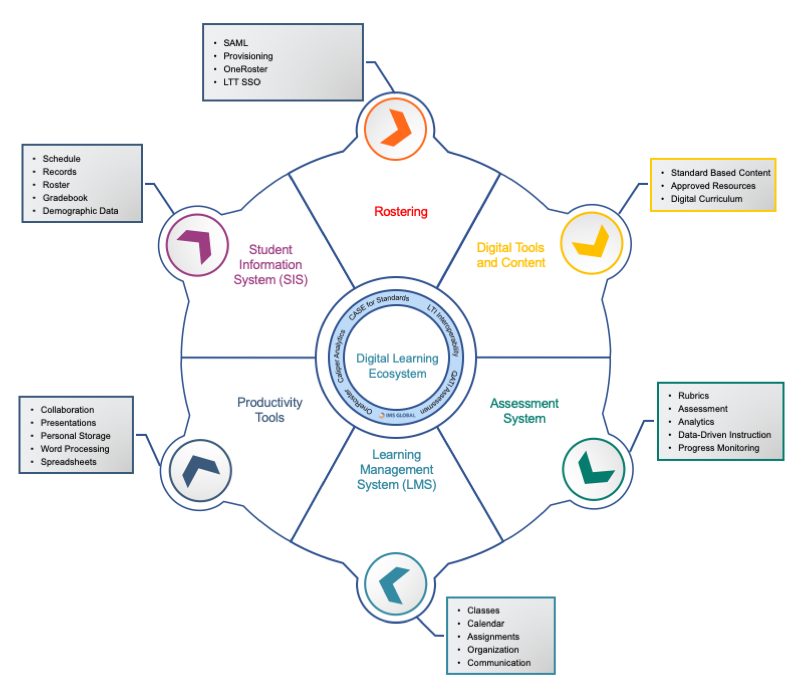 Rob Abel, Ed.D. | June 2020
Rob Abel, Ed.D. | June 2020
"A Change is Gonna Come" —Sam Cooke
Going into 2020—before the COVID-19 and the renewed urgent calls for equality in society—equity, agency, and mastery was 1EdTech's new call to action and the theme of the May 2020 Learning Impact conference.
In last month's post, I reviewed some of the key takeaways from a series of interviews and panels I conducted for the Learning Impact 2020 on-demand series. I feel strongly that what we are learning from the pandemic pivot to remote education and the united response against inequity are reaffirmations that equity, agency, and mastery are what we want to stand for as leaders across the 1EdTech community.
To me, one of the most used mantras for the last decade—student success—is a phrase that looks more at symptoms than root causes. It also sets the diploma/degree industrial model that seems to have taken us about as far as it can go after its 100+ year run as the primary goal. Personalized learning, another much-used phrase, while going beyond differentiated learning from the instructional perspective, has come to mean almost anything. In 2007, when 1EdTech began the Learning Impact Awards program, we adopted what some called the "iron triangle" of access, affordability, and quality as the key criteria of impact. The goal with the triangle has been to improve all three simultaneously, an elusive goal that today still eludes us because little has changed in terms of the predominant educational delivery models that tend to trade off these parameters.
Why are equity, agency, and mastery a compelling focus across K-12, HED, and corporate education as we move into the future? Well, we know we must get better at evolving our educational models toward the needs of society. Thus, we need to think more explicitly about the areas that we want to improve, hopefully, areas that are pillars that lead to educational system transformation.
-
Equity of educational opportunity is not only a call to social justice, but it is key to enabling growth across underserved areas. Many believe that the pandemic will spur improved technical infrastructure to enable economic opportunity in underserved areas as the percentage of the population that works from home grows.
-
Increasing student agency is a byproduct of more authentic and relevant educational experiences. Over and over, we have learned that educational experiences that connect to real-life challenges, questions, and interests of students open the possibility of student success and societal success.
-
Mastery stresses a better focus on what students have learned and what they can do. Current transcripts and approaches to assessment have created a self-reinforcing cycle that does not lead to better education. Instead, it is trying to drive forward while looking at the rear-view mirror.
Most importantly, equity, agency, and mastery can work in concert, which is very different from the iron triangle's opposing forces. Equitable opportunities enable agency that, in turn, enables a focus on mastery, and better definitions of mastery enable equity.
Next month, I will cover some of the interoperability areas that have accelerated as a result of COVID-19 and how they relate to equity, agency, and mastery. In the meantime, I am reminded of some words from my good friend and mentor Bernie Luskin, "If you want to change something, you actually need to change something." Sometimes extraordinary events remind us that we must do better. Noting that Sam Cooke wrote the song I am quoting in the title of this blog in 1964. We can and must do better—in society and education.




